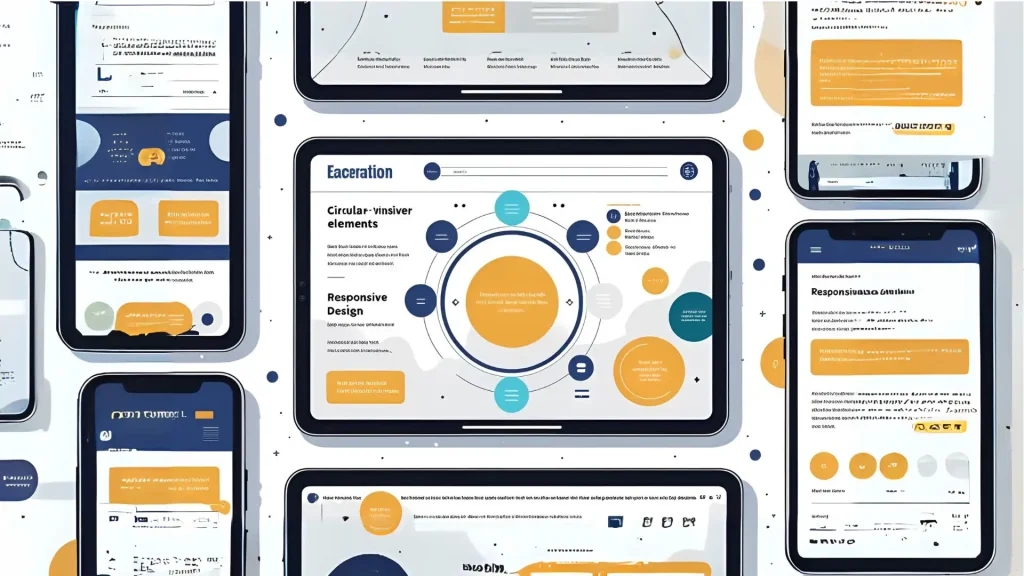In today’s digital landscape, user experience isn’t just a bonus, it’s a business essential. At the heart of delivering a seamless online experience is site speed, and Google’s Core Web Vitals have become the gold standard for measuring just that. Whether you’re managing an e-commerce store or running a content-heavy site, understanding and optimizing these metrics can mean the difference between growth and stagnation.
What Are Core Web Vitals?
Core Web Vitals are a set of metrics defined by Google that measure the real-world experience of users as they interact with your website. They focus on three key areas:
- Largest Contentful Paint (LCP):
Measures how quickly the main content of a page loads. A “good” score is under 2.5 seconds. - Interaction to Next Paint (INP):
Tracks how fast your website responds to user interactions. Aim for 200 milliseconds or less. - Cumulative Layout Shift (CLS):
Evaluates how visually stable your page is as it loads. A good score is less than 0.1.
These metrics are part of the broader Page Experience signals that Google uses to determine search rankings.
How Site Speed Affects Your Search Rankings
Speed isn’t just about user satisfaction—it’s also a direct ranking factor. Here’s how it influences your SEO:
- Confirmed Ranking Signal:
Since Google’s 2018 Speed Update, load speed—especially on mobile—has played a key role in determining rankings. - Lower Bounce Rates, Higher Engagement:
Faster sites improve user retention and time-on-site, which are positive SEO signals. - Mobile-First Indexing:
Google prioritizes mobile performance. A sluggish mobile experience can hurt your search visibility. - Better Crawlability:
Faster websites allow search engines to crawl and index more content efficiently, boosting your chances of ranking. - Poor Speed = High Abandonment:
A site that takes more than 5 seconds to load can see bounce rates spike by up to 90%—a devastating blow to organic traffic and search rankings.
Speed & Revenue: The Real-World Impact
Performance isn’t just about SEO—it hits your bottom line. Here’s what the data shows:
- Small Gains, Big Results:
A mere 0.1-second improvement in load time can increase:- Conversion rates by 8.4%1
- Average order value by 9.2%1
- Bounce rates decrease by 8.3%1
- Case Studies:
- Snapdeal boosted conversion rates by 30% after optimizing Core Web Vitals.
- Cdiscount saw a 6% revenue uplift during promotional periods thanks to improved load speed.
- Sites that load within 2 seconds retain 91% of users.
- Cost of Slow Sites:
An e-commerce site earning $50,000 per day could lose $1.28 million/year in conversions if it slows down by just 1 second. - Ad Revenue Losses:
Poor Core Web Vitals can cause users to bounce before ads load, slashing your ad impressions and click-through rates. - Platform Performance Matters:
Platforms like Shopify tend to score higher on Core Web Vitals, making them a better choice for revenue-conscious businesses.
Key Takeaways
- Core Web Vitals = UX + Revenue:
These aren’t just technical metrics. They reflect the user experience and play a direct role in both search visibility and conversion potential. - Speed Is Business-Critical:
A fast website means happier users, better rankings, and higher revenue. Even tiny speed gains can yield outsized results. - Use the Right Tools:
Platforms like Google PageSpeed Insights and Search Console offer actionable insights to improve your Core Web Vitals.
Final Thoughts
Site speed, as measured by Core Web Vitals, is a foundational pillar of digital success in 2025. It influences how search engines see your site—and more importantly—how users experience it. If you’re serious about scaling your online presence and maximizing revenue, speed optimization should be at the top of your priority list.
Sources:
1 https://www.alexanderjarvis.com/what-is-core-web-vitals-in-ecommerce/





